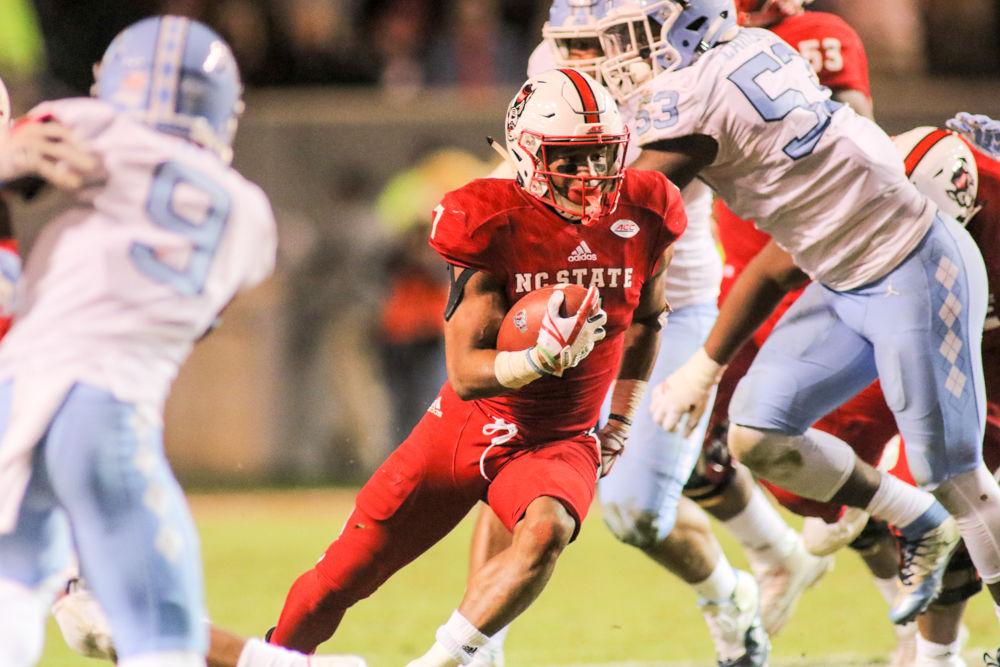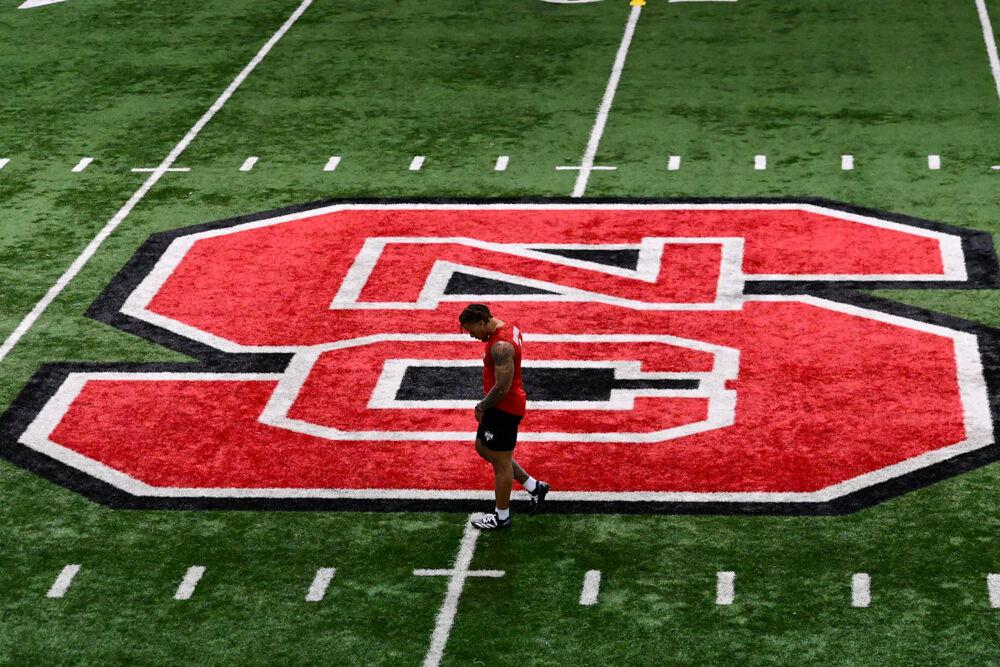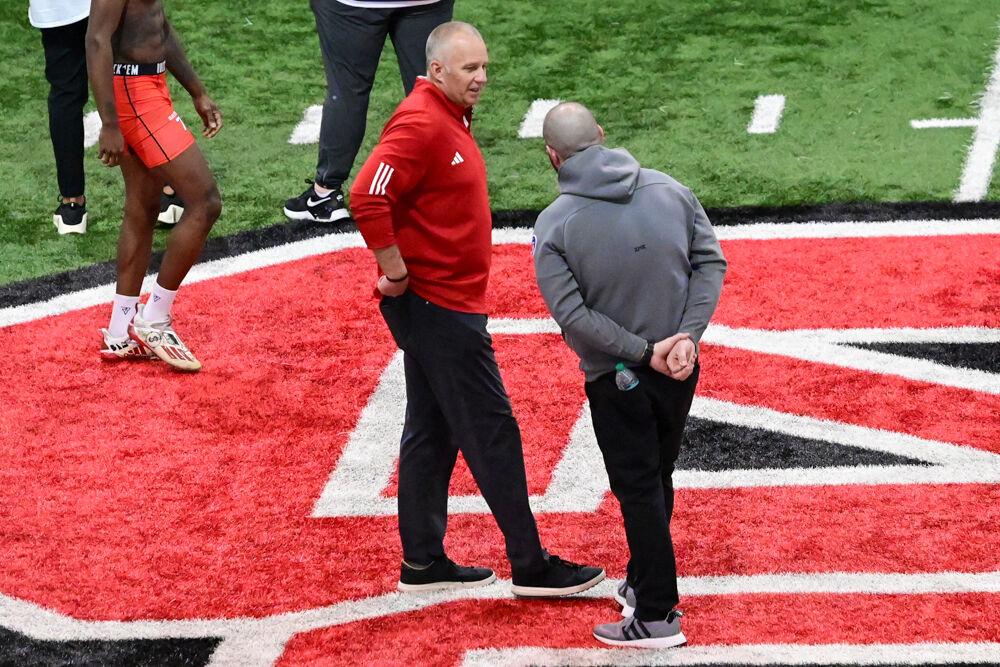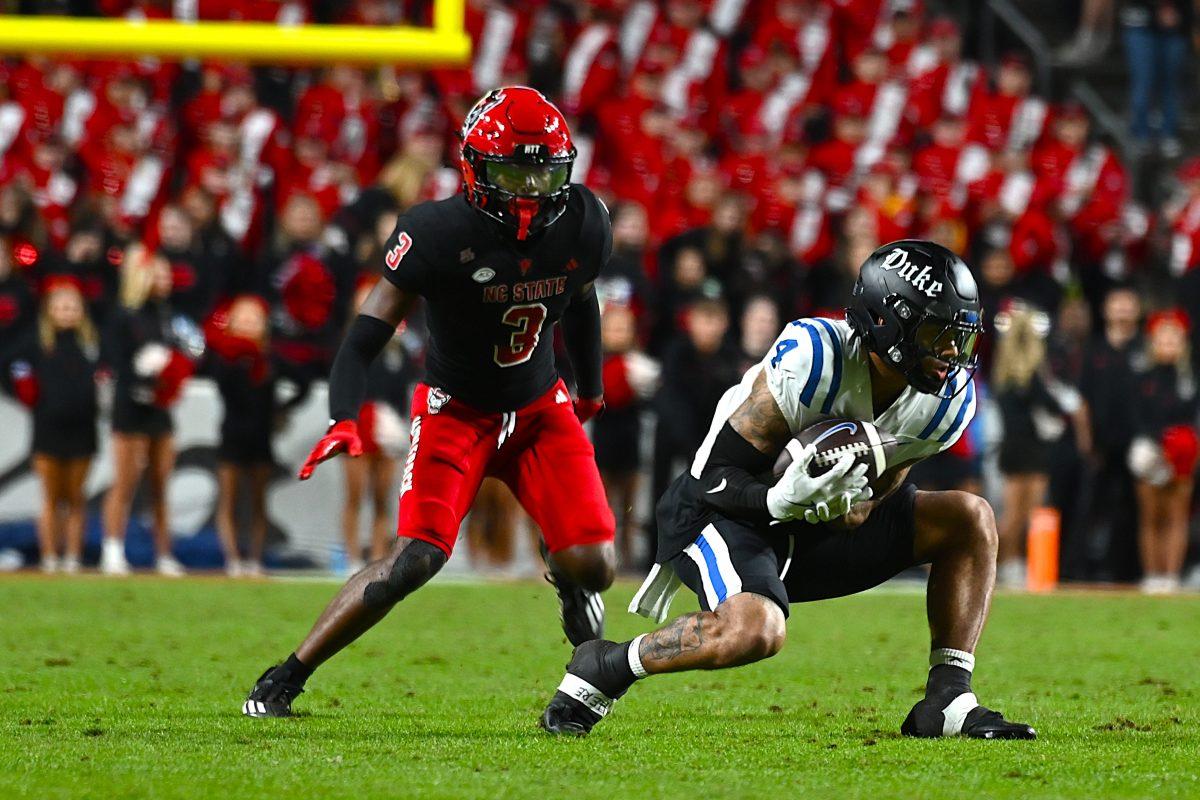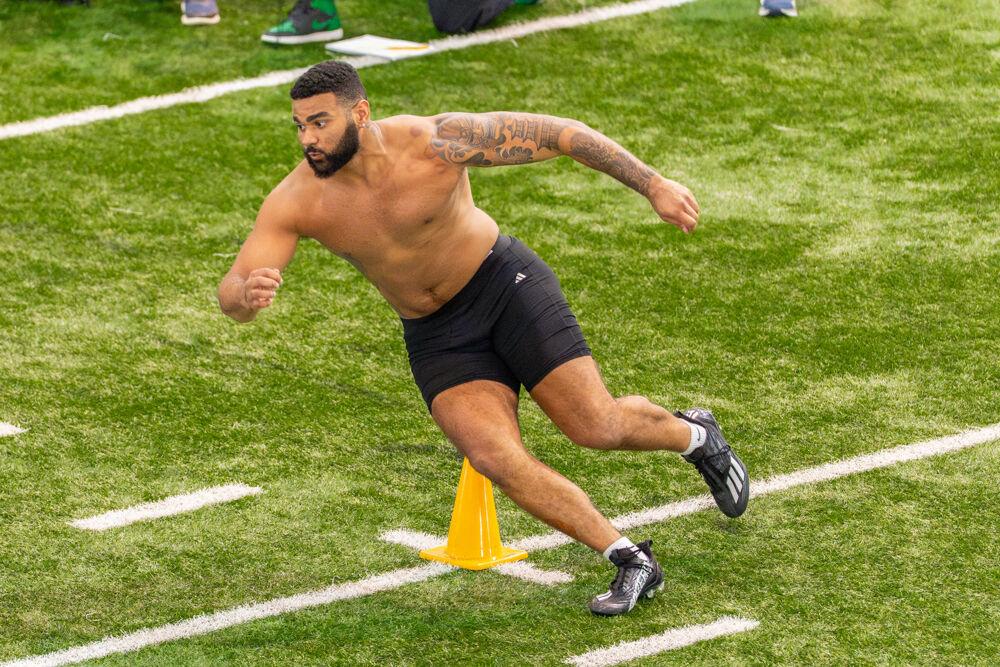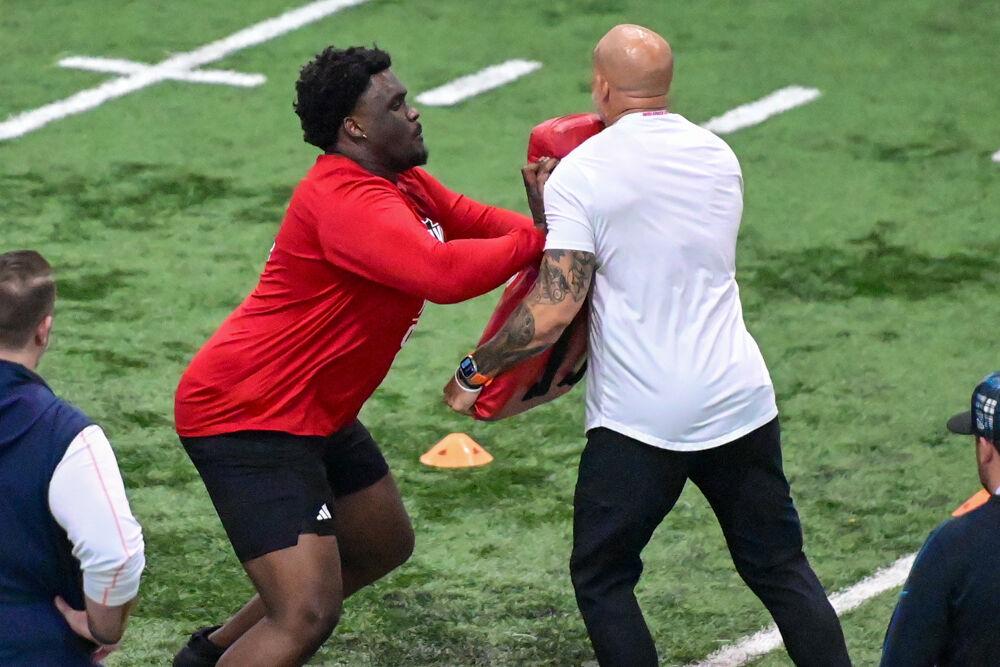While all the NFL Draft headlines for the NC State football team are centered on the talent of defensive end Bradley Chubb, the Wolfpack has one offensive weapon that is surely catching the eye of several professional teams.
That weapon is none other than speedster running back Nyheim Hines. The Garner, North Carolina product exploded onto the scene in his junior campaign and decided his third year with the Pack was successful enough to forgo his final year of collegiate eligibility.
In the 2017 season, Hines served as the leader in the backfield, and it showed on the stat sheet as he ran for 1,112 yards, averaging 5.6 yards per carry, and scored 12 touchdowns. His junior season dominance was most felt in wins against Pittsburgh and UNC-Chapel Hill.
On Oct. 14, Hines showcased his game-breaking ability late in the first quarter against the Panthers. Trailing for the first time in nearly a month, NC State needed a spark and Hines answered the call. Only touched by one defender, Hines broke through to the secondary and raced to the endzone for an 83-yard touchdown. Fast forward just three minutes and 42 seconds and Hines was back in the endzone — this time on an untouched 92-yard punt return, resulting in back-to-back scoring plays.
After an ankle injury and a concussion hindered him, Hines went out in style in Carter-Finley Stadium in a victory over the Tar Heels. Hines eclipsed the century mark in rushing yards large in part to his 196 yards rushing versus UNC, including touchdowns of 54 and 48 yards where he juked nearly half of the defenders and ran past the defense with a full head of steam.
Hines, a two-sport athlete in football and track and field, is obviously known across the ACC, and now the professional realm, as having elite speed. At the NFL Combine, Hines clocked a 40-yard dash time of 4.38 seconds, the fastest mark among running backs and .03 seconds faster than the highest-rated running back in the 2018 draft class, Penn State’s Saquon Barkley.
What makes Hines’ prospects even more intriguing is his versatility out of the backfield. In his freshman and sophomore seasons, he played second fiddle to former NC State running back Matt Dayes; therefore, the majority of Hines’ touches occurred as a receiver rather than as a running back.
Hines totaled 933 receiving yards in his career with the Pack, including 525 yards in his sophomore year where he mostly appeared at the slot receiver position.
Hines’ agility and ball carrier vision are also worth noting, but the biggest knock on him is that he just doesn’t have the size of a typical NFL running back. The 5-foot-9 197-pound running back is undersized, which could prove troubling as faces NFL linebackers in terms of breaking tackles and injury concerns.
In his three seasons in Raleigh, Hines suffered ankle injuries in his sophomore and junior seasons. An ankle injury in Oct. 28’s tilt with Notre Dame proved to be costly for Hines and NC State. Hines saw limited action against Clemson the following week before rushing for over 100 yards against Boston College. Despite a few instances, Hines has shown that he has the mental endurance to bounce back and mostly avoid any nagging injuries.
Due to Hines’ size, speed and game footage, he has been compared to utility players like Darren Sproles and Kansas City’s Tyreek Hill. While Sproles is a gadget running back, Hill is utilized in a variety of ways that Hines could mirror at the next level. The Chiefs place Hill all over the field; in the slot, out wide, in the backfield and on special teams as a returner.
When Hines enters the NFL, he will most likely be used in the return game and as a change-of-pace back in certain gameplan packages. NFL teams will be excited to have a creative and versatile talent like Hines. His speed and big-play ability will definitely find a place on an NFL team.
“He’s a guy who can make big plays, so I think he’s going to find a good fit in the NFL,” Michael Clark of CBS 42 Birmingham told CBSSports.com. “He should also blow people away with his speed, which could cause him to move up in the draft. He should be taken somewhere between the third and fifth rounds.”


